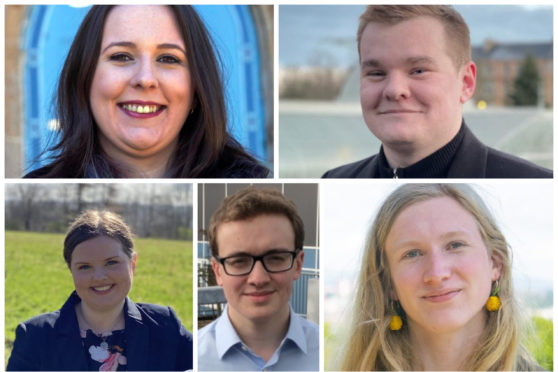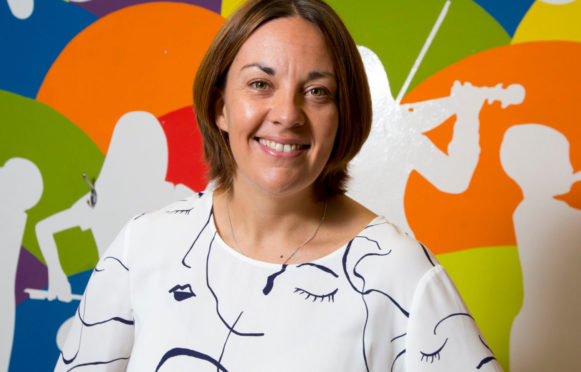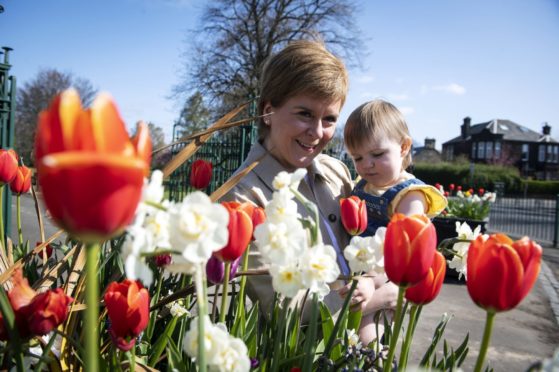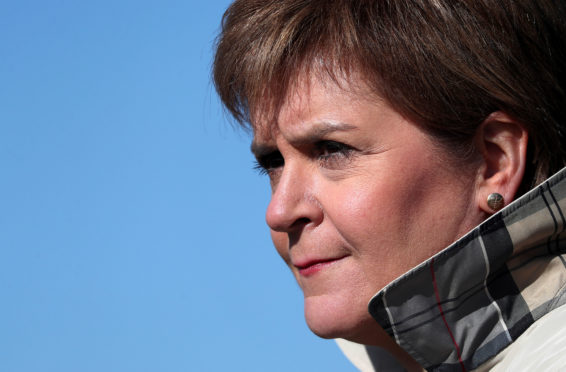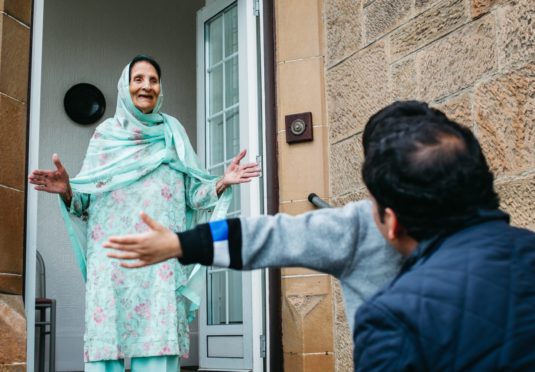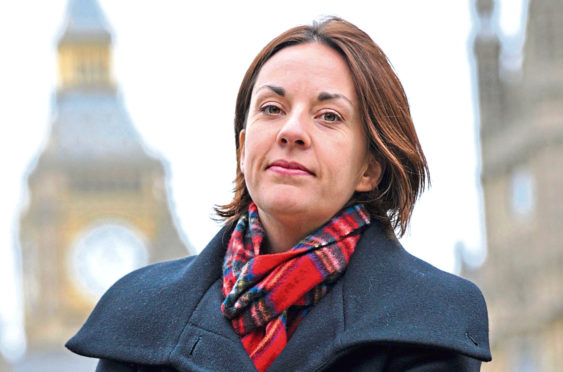
Covid has already got a lot to answer for but the flat, predictable atmosphere of last week’s TV debate can be added to the list.
The party leaders would normally have arrived at the studio after a day on the stump, campaigning in busy high streets, knocking on doors, visiting factories, kissing babies, energised and raring to go.
They didn’t because they couldn’t and that is possibly one reason why the debate failed to ignite this odd, socially distanced campaign.
The set looked like an odd cross between Mastermind and the old game show Fifteen To One. Mind you, that might not be a bad format for the future, with each candidate being eliminated after three wrong answers?
The answers seemed formulaic with Nicola Sturgeon keen to project her status as a serious leader for a serious time. Anas Sarwar, the former NHS dentist, leaned heavily on his NHS credentials, highlighting the rapidly declining cancer screening and treatment rates. For the Tories, Douglas Ross was there to oppose a second independence referendum at every possible opportunity.
The debate only really came to life with a closing question about the toxicity of the political debate from the show’s host Sarah Smith. She reflected that politics felt increasingly tribal and polarised.
She challenged each leader to tackle abusive behaviour in their own party’s ranks, particularly on social media.
They were tripping over each other to agree to do just that – good – just before falling out spectacularly again about another referendum. Round and round it goes.
Last month, I was working on a new huge piece of research about the degree to which the United Kingdom is divided. I don’t mean between Scotland and England but within communities and neighbourhoods.
It shows that people have never been both more connected and divided. Technology increasingly connects us to more people like us, who believe the same things and move in the same circles as we do. That makes us more and more assured in our own arguments and view of the world. We feel bolder in our views and use stronger language to articulate them.
The research also shows we’re becoming less tolerant of people who hold different views. We see them as opponents, enemies even, rather than co-workers, fellow mums and dads etc. If it’s like that around the water cooler, imagine what it feels like at the top of politics.
Most of the traditional places where we meet different people are in decline – youth groups, trade unions and churches. After the pandemic, with so many working at home, we might add the workplace itself to that list. The one guaranteed place that brings different people together.
There’s so much we need to do to clean up our politics but learning to disagree better as a country, whether that’s around the dinner table or across the dispatch box or parliament chamber, has got to be top of the agenda. For me that’s resetting the language and starting with the firm belief that people are fundamentally good and their motives sound.
We’ve got to learn to trust and respect each other again, whether you’re an armchair activist or a party leader.
Kezia Dugdale, a former leader of Scottish Labour, is director of the John Smith Centre.

Enjoy the convenience of having The Sunday Post delivered as a digital ePaper straight to your smartphone, tablet or computer.
Subscribe for only £5.49 a month and enjoy all the benefits of the printed paper as a digital replica.
Subscribe